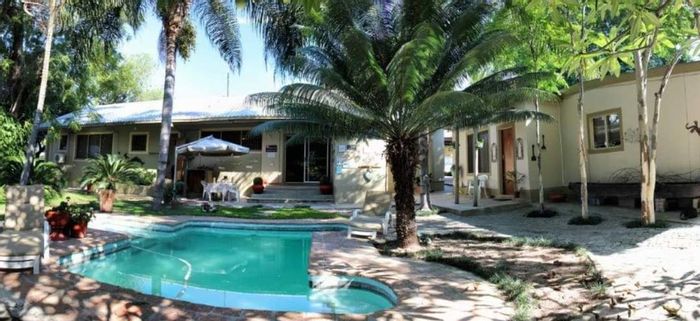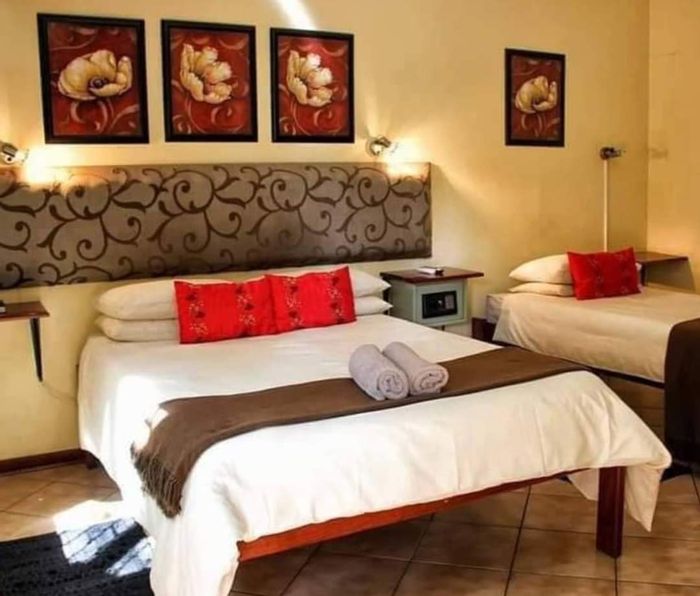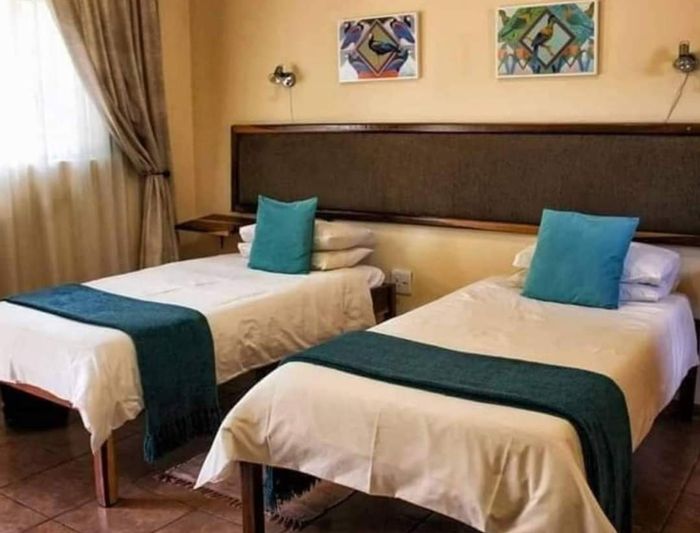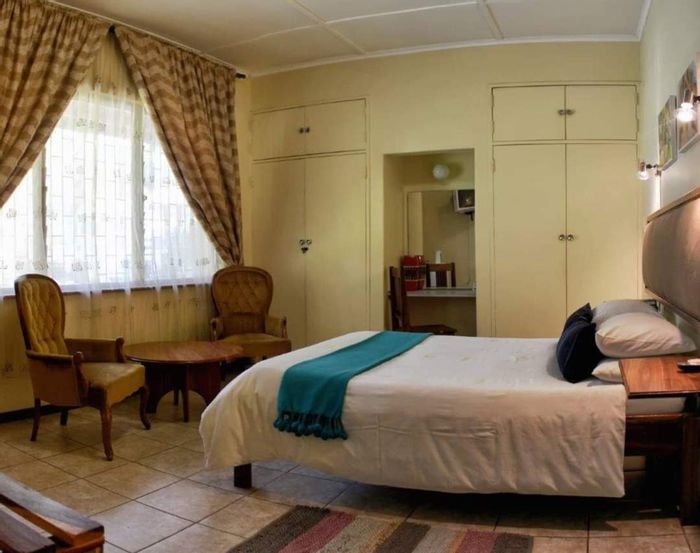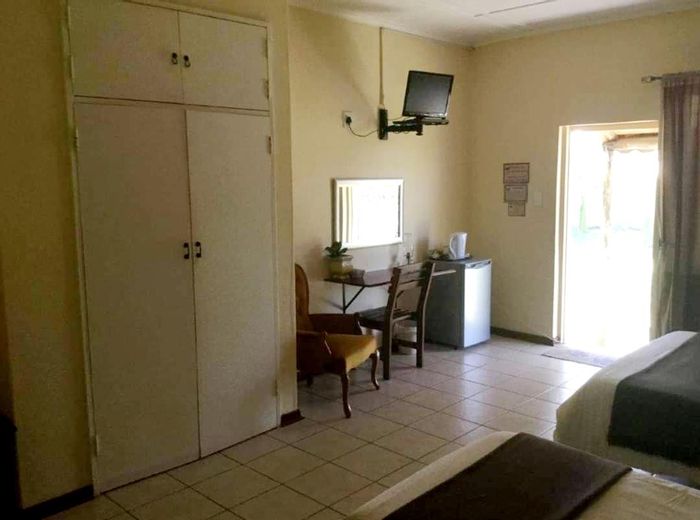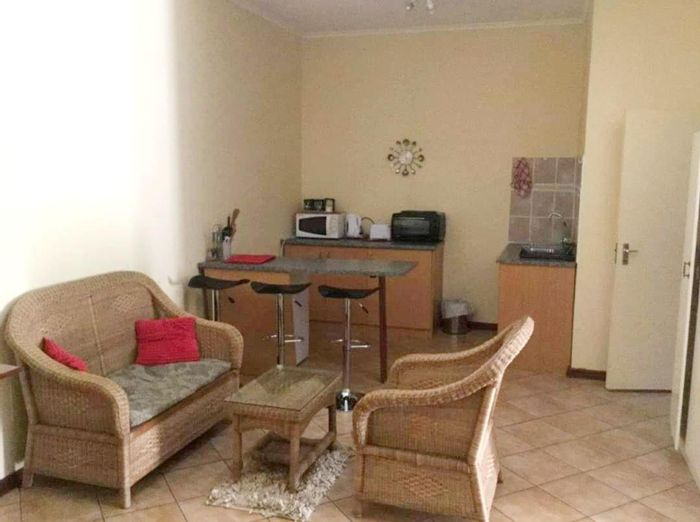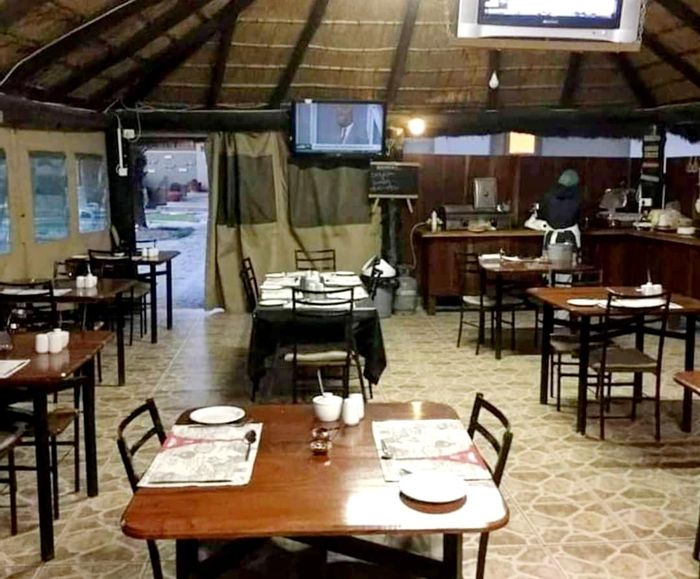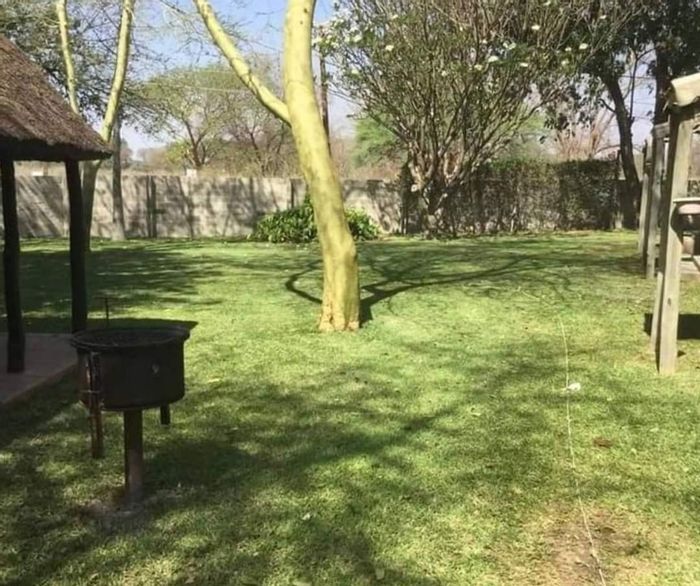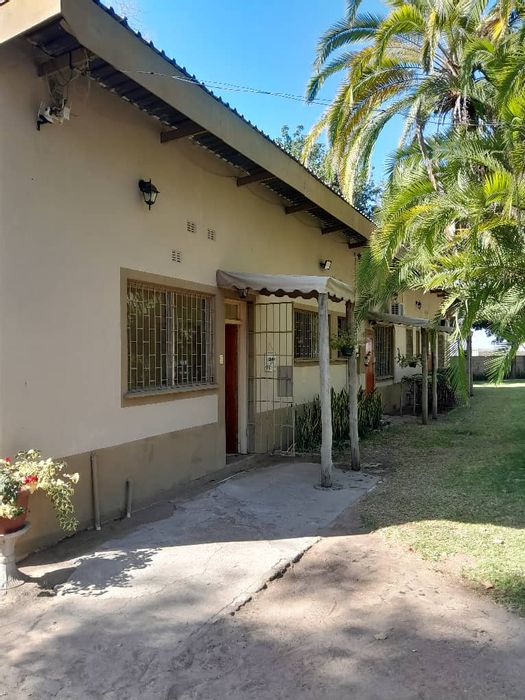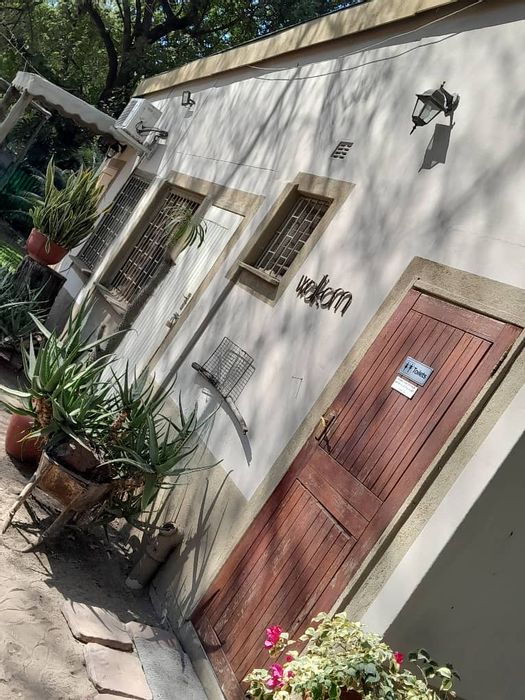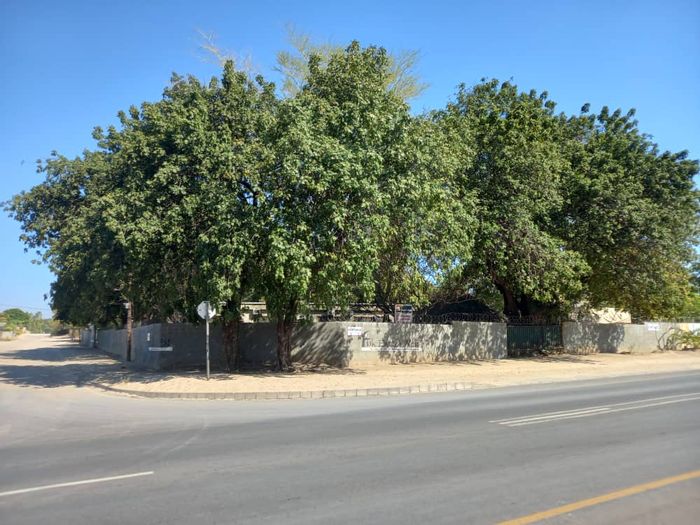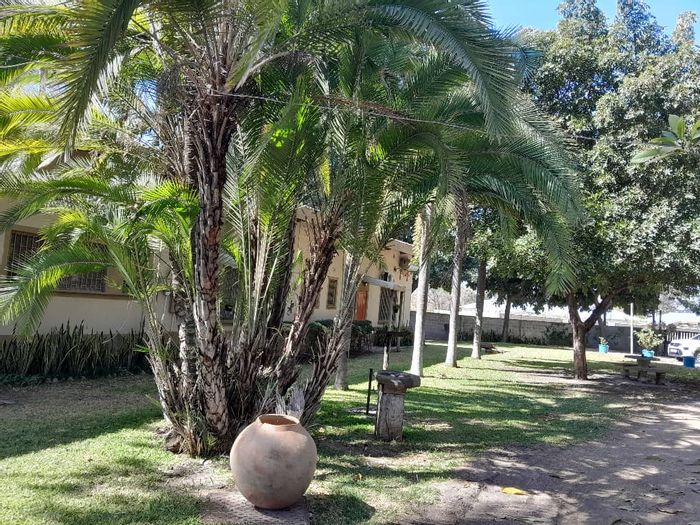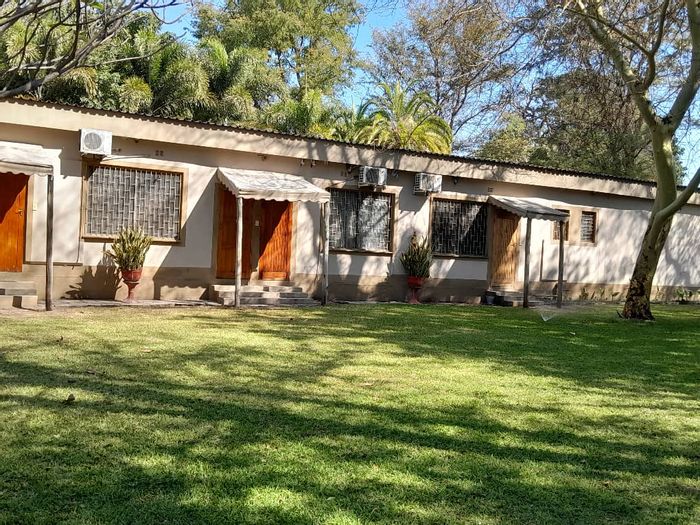Zambezi property guide
Zambezi at a glance
Renamed in 2013 from the Caprivi region to the Zambezi region, this part of Namibia is unlike any other region in the country - in part due to the high rainfall it receives and its almost tropical-like climate. Pointing like an outstretched index finger right into the heart of central Southern Africa, the Zambezi Region measures a scant 32 km across before finally opening up into the shape of a rough triangle. Two rivers traverse the region, namely the Kavango in the western part and the Kwando, both crossing into Botswana. The Linyanti and Chobe rivers constitute its southern border, while the River King of central Southern Africa, the mighty Zambezi, forms its north-eastern border. At the easternmost border point, Namibia links up with no less than three other national states – Zambia, Zimbabwe, and Botswana. It owes its unusual shape on the map to the Helgoland–Zanzibar Treaty, according to which the then Caprivi Region was declared German territory. The Germans planned to gain access to the Zambezi River to easily enter Tanganyika (Tanzania), and obtain an outlet to the Indian Ocean. However, the British colonisation of Rhodesia (Zimbabwe and Zambia) stopped them in their tracks, not to mention the difficulties of navigating down Victoria Falls. Katima Mulilo is the largest city, with other notable villages and settlements including Chefuzwe, Mafuta, Liselo, Musanga, Kongola, Chinchimane, Bukalo, Sibinda, and Impalila, along with Kayuo, Wenela, Mapulanga, Sambeso, Katembo, Siambiza, Luzibalule, Sachona, Lubuta, Mulanga, Mashambo, Omega Ill, Chetto, Bwabwata, Gaucha, Geusha, Yishesha, Sekrige, Singalamwe, Choi, Ngonga, Muneambuanas, Dipito, Sangwali, Photo, Sikwalo, Matengu, Yaka, Linyati, Muketela, Sibbinda, Chengere, Sebukis, Katonga, and Sachinga. The region is home to 450 animal species, including elephants, making the Zambezi Region a popular game-watching spot. The wildlife is protected by several national parks, Bwabwata National Park, Mamili National Park, and Mudumu National Park; animals travel freely across the unmarked border with Botswana, where the Chobe National Park lies. The Caprivi strip is also a prime bird-watching area, with almost 70 percent of bird species found in Namibia being recorded here. Over 90,000 people live in the Zambezi Region of Namibia, about four percent of Namibia's population. The population is mostly composed of subsistence farmers who make their living on the banks of the Zambezi, Kwando, Linyati and Chobe Rivers.
